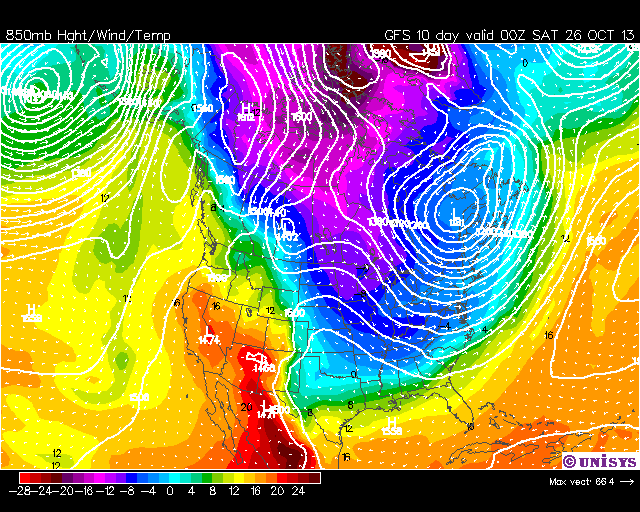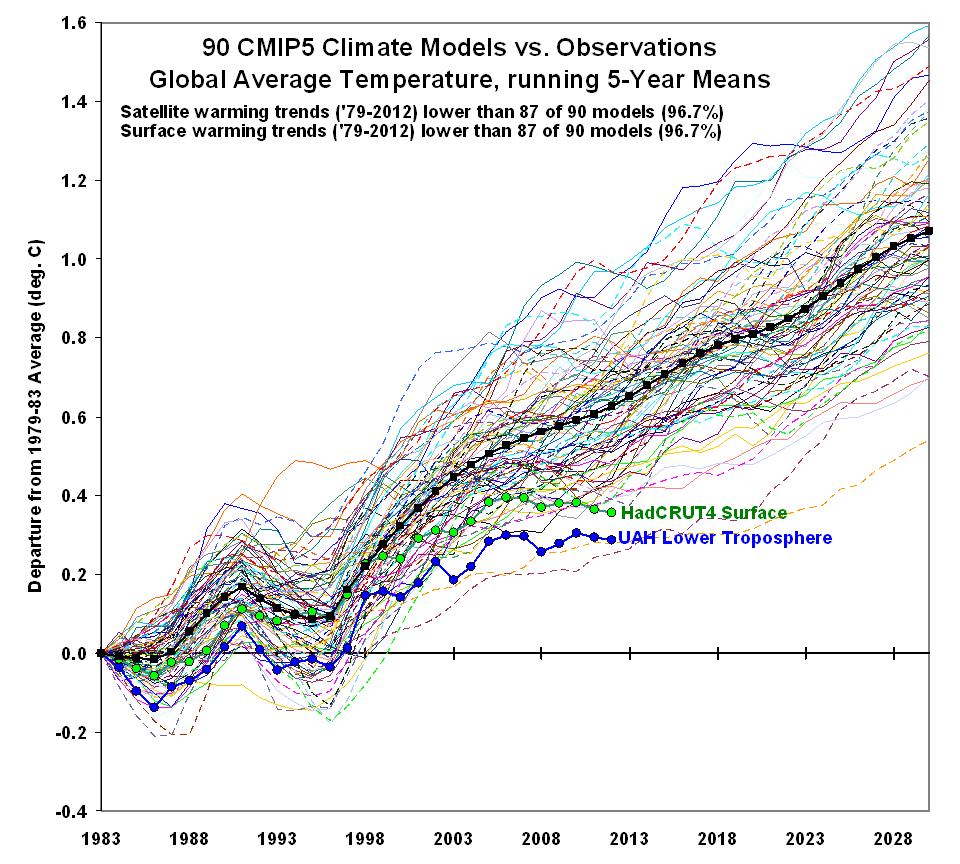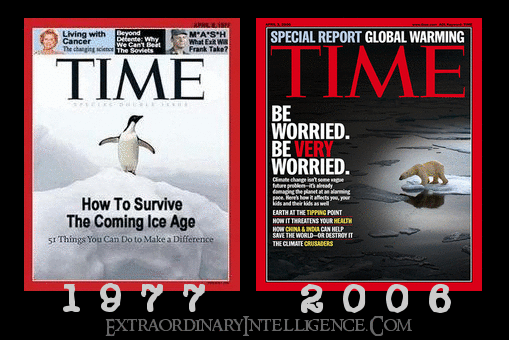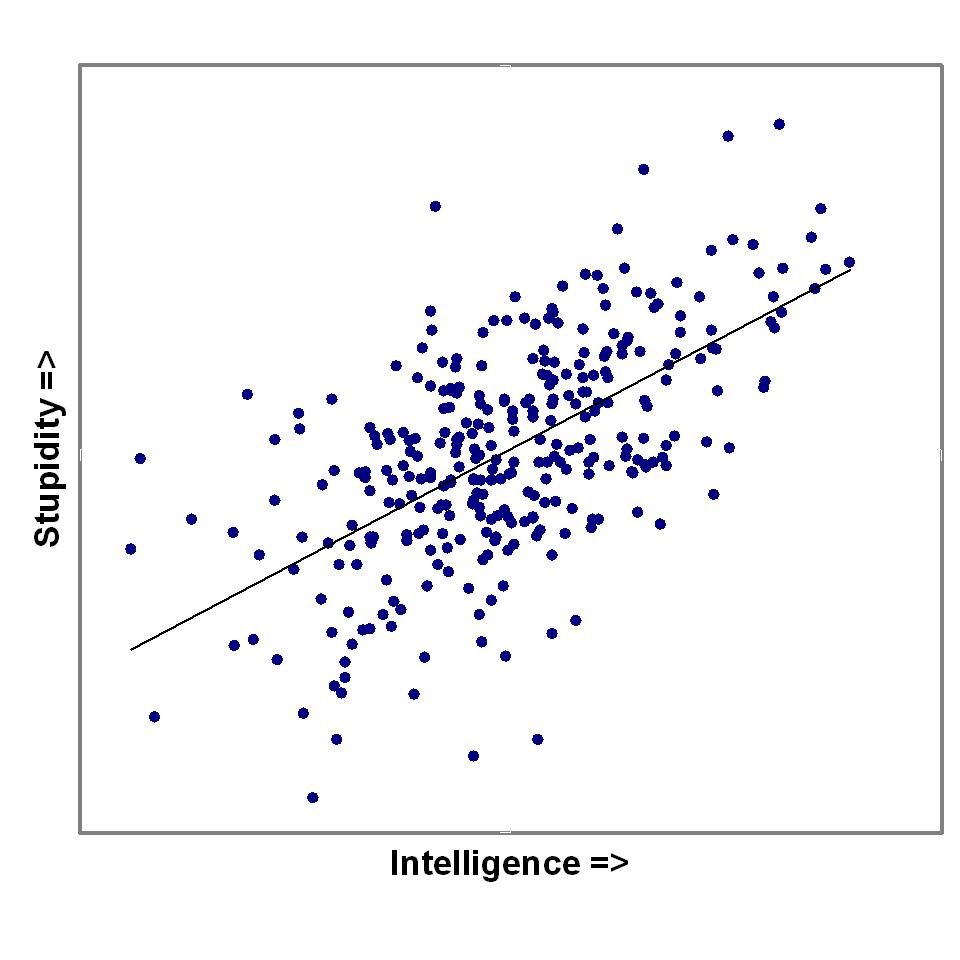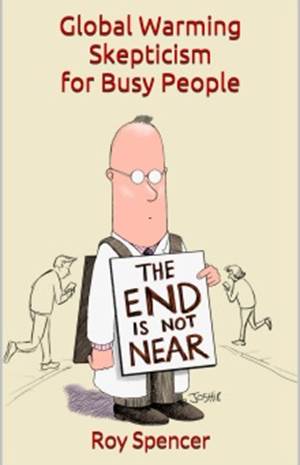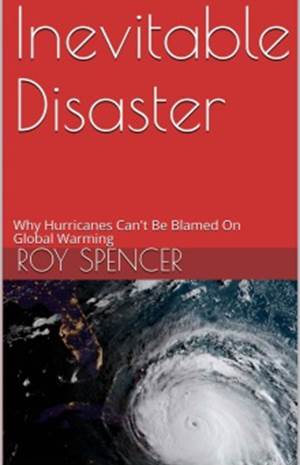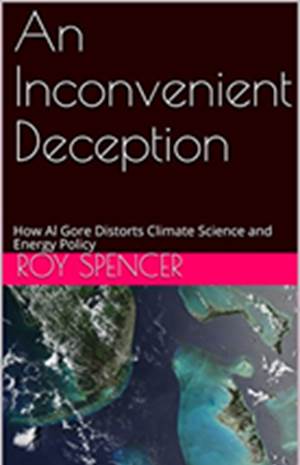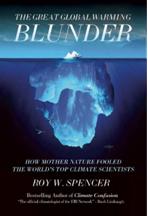So, I have apparently opened a can of worms with my challenge to Willis Eschenbach to read up on subjects a little more before he claims to have invented something new. Unfortunately, Willis took my post as a swipe against citizen scientists, which it wasn’t. As I said, I “applaud” people who are willing to get their hands dirty with the data. I also said I consider Willis a very sharp guy, and he is a gifted writer.
Anyone who read my post could see I was not faulting citizen science. (My showing a sharp-looking Homer Simpson as a citizen scientist was insulting, but showing professional scientist Jim Hansen being arrested wasn’t? C’mon.)
For example, Anthony Watts (who is a meteorologist) has forced NOAA to quit pretending it has pristine surface temperature data, and has helped reveal what a mess the surface thermometer adjustments have become (the adjustments are *always* in the direction of more warming? Really? [btw, that’s a criticism of NOAA’s adjustments, which always seem to produce more warming]).
Similarly, Stephen McIntyre (along with Ross McKitrick) have shown that if you analyze tree ring data and statistically *assume* there is a hockey stick shape to the data, you will get a hockey stick shape to the data. (Sorry if I’m oversimplifying what Steve has shown).
Now, both Anthony and Steve have formal technical backgrounds, which I don’t believe is necessary… a person can be self-taught, which is what Willis is. And that’s fine.
But in Willis’ case, as far as I can remember, he has not revealed anything that we did not already know. Now, that’s fine if this is just a part of Willis’ personal education. But over the last several years he has put forth ideas which he has claimed as his own, when in fact they have been previously published…even leading to multi-agency field experiments in the case of “his” Thermostat Hypothesis.
In science, you find out what has been done before, and then you either build upon it or show where it is wrong and do it differently. And, you don’t advance as your theory what has been done before.
Why should I care what Willis does? Because the way he presents his analysis leads readers to assume that what he is presenting is new, when in general it is not. *I* then have to deal with e-mails asking what I think about “his” latest theory. I have to explain to people that either “we already knew that”, or “that data plot doesn’t demonstrate what he claims, and here’s why”.
This is not a new problem, and I have blogged on it before. Now, since I have been talking in generalities, and Willis has asked for specifics, here we go again (I have covered some of this ground before)…
The Thermostat Hypothesis
In 1991, Ramanathan and Collins advanced in Nature their theory of surface temperature regulation by deep moist convection in the tropics. This became known as the “Thermostat Hypothesis”, which led to a field experiment (CEPEX, 1993). Yet, on WUWT, you will find Willis talking about the Thermostat Hypothesis as being ‘his’ theory. For scientists, this would be a major faux pas.
Of course, moist convection on average cools the surface of the Earth…even Kiehl & Trenberth’s much-maligned global energy budget diagram shows this average rate of cooling to be about 100 W/m2, compared to an average solar input of 240 W/m2. But how convection might change in a global warming scenario (i.e., its regulation ability) is a very complex topic, and one which has been studied for decades by hundreds of scientists. Willis is just scratching the surface of a very large body of existing knowledge.
For example, even climate models say convection will increase with warming, leading to even more surface cooling…yet, the models still amplify the warming. This is because surface evaporative heat flux is only one of a myriad influences on the surface energy budget, and therefore on surface temperatures.
Now, the Thermostat Hypothesis might just be a case of Willis not doing his homework first. And if Willis figured out this theory on his own, why should I care?
Because it leads to the mistaken impression among readers (read the comments on WUWT) that professional climate diagnosticians are too stupid to figure out what this citizen scientist has done, when in fact it *has* been done before. This puts me in the VERY unusual position of defending mainstream climate scientists…and, as my readers know, most of the mainstream have disowned me. But I will give credit where credit is due, and mainstream climate scientists have learned (and published) a lot over the years…some of them just have a bad habit of claiming silly things like “proof” and “95% certainty”.
Again, I am not against citizen scientists figuring out something new. But don’t give people the impression that this stuff hasn’t been done before, unless you are familiar with the literature and know that to be the case.
Instead, build upon what we already know. Anybody who can download a dataset and plot graphs in Excel can claim this or that about what the graph means. But it is rare that anyone discovers something new and significant; almost always the data can be explained based upon what we already know.
Some think I am being harsh in my criticism. But After years of having to answer questions about Willis’ latest ideas, I frankly don’t know what else to do. I have previously tried to keep it low key.
I don’t want to dissuade Willis from contributing to the science. But contributing to the science requires more due diligence than plotting graphs and leaving readers with the impression that the graphs show something new or unexplained (in this case, demonstrating the differing water vapor greenhouse effect between tropics and high latitudes, and the fact that the tropics export heat to the high latitudes).
Willis, you write really well, you are a smart guy, and you can make complex subjects more understandable. Don’t dilute those talents by leaving readers with the wrong impression.

 Home/Blog
Home/Blog


